- Tech Safari
- Posts
- Why Can't AI See My Curls?
Why Can't AI See My Curls?
And what else is it missing?

Did you know that over 400 million filtered photos go up on Snapchat, Instagram, and TikTok every day?
AI features are everywhere now.
People use them for selfies, brand shoots, and actors even use them in online auditions.
But AI might be leaving out an important part of these filters, and that’s afro hair.
Most of them don't have a clue what to do with it.
Sometimes, they make it smoother and even go as far as making dark tones lighter.
And it makes you wonder, is tech trained to recognize black hair?.
And if AI or tech doesn’t recognise black hair, what else is it missing?
In today’s edition, Nigerian writer Tehila Okagbue, whose work explores culture, identity, and Afro hair, unpacks what this means for Black representation in tech.
In case you're wondering how she came to this conclusion, it all started with ….
The Rise of Filter Culture
In 2015, Snapchat set off the filter craze.
It introduced "Lenses”.
And anyone could add 3D modified elements to their camera.
Two years in, and they had built over 3,000 of these lenses for their 173 million users.
That same year, in 2017, Facebook joined the filter game on Instagram.
And today, most social media platforms have filters with AI in every snapshot:
But more than half of these filters just don't work well on darker skintones. Like…
This Filter That Swallowed My Hair
I’ve never been a huge fan of filters because they looked funny at first.
Too smooth, too sparkly even.
But in 2020, they became almost impossible to ignore.
Snapchat’s “Sketchbook Chronicles” filter made waves on TikTok, and I liked the results.
So, I decided to try it.
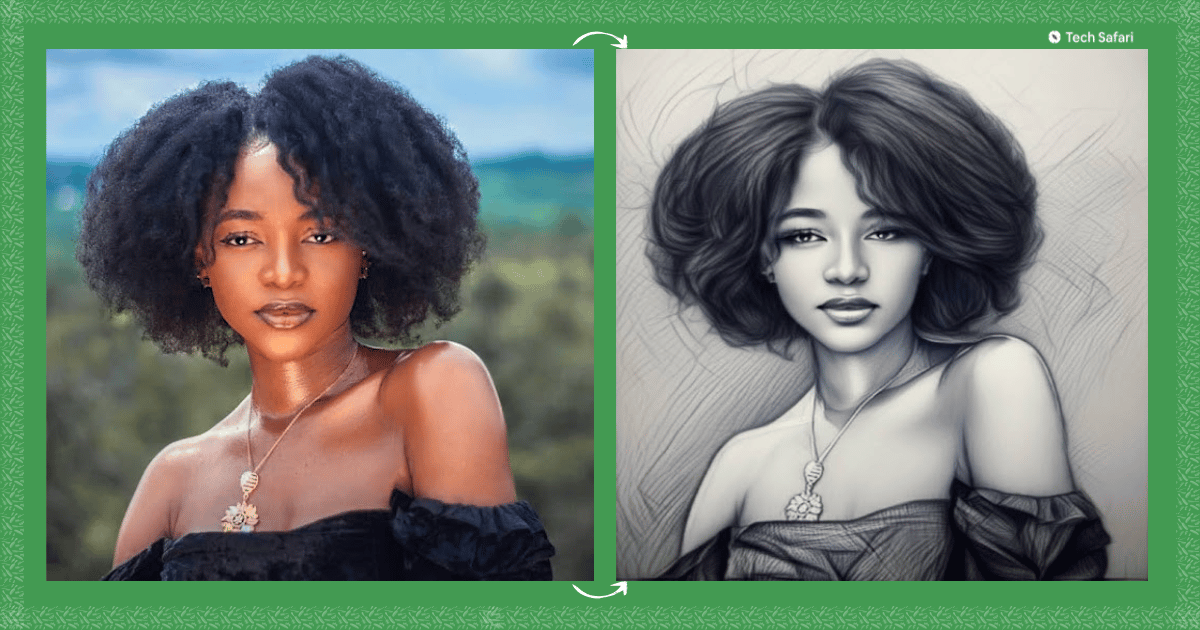
Original image vs Snapchat Sketchbook Chronicles’ filter result
The sketch seemed close enough.
But do you see the difference?
My afro almost disappeared—it became smooth and wavy. It no longer had its frizzy edge to it.
Seems like a small shift, but in the world of hair, it says a lot.
There are different curl patterns:
2A, 2B, 2C (wavy hair)
3A, 3B, 3C (looser curls),
4A, 4B, and 4C (tighter coils).
Then, there's straight hair (1A, 1B, 1C).
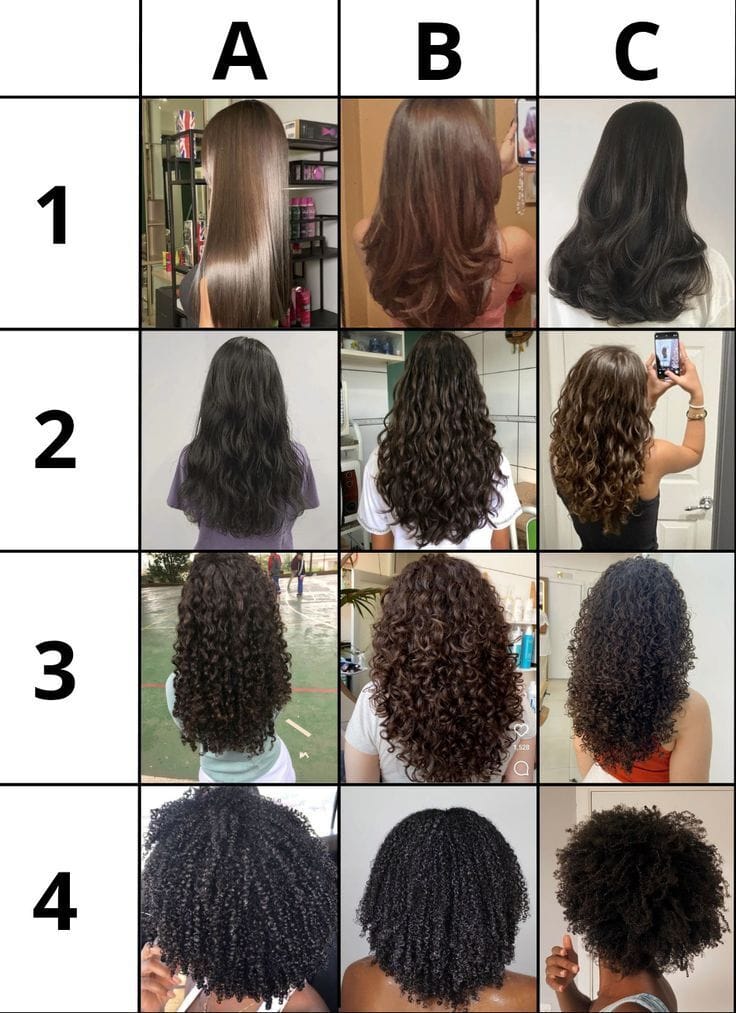
The different hair curl patterns. Image Source: AmeliaJohn958
For some reason, AI couldn't copy my 4C hair.
This was when I started realizing that…
AI Can’t See My Curls
AI went mainstream in 2023.
And now, it generates 71% of social media images.
Since AI made its way into beauty tech, we’ve seen it all from filters that look too realistic to avatars like Snapchat’s Bitmoji.
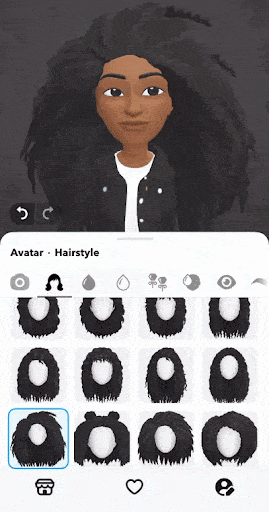
Snapchat’s Bitmoji Filter
After I used Snapchat’s Sketchbook filter, I was excited to try out more AI.
But it turned out there were plenty of other filters that also didn't get Black hair.
Over 75% of Snapchat users play with AR & AI filters every day.
And many of these features look cartoon-like.
That’s why using AI to make cartoon-style pictures blew up, especially on Snapchat.
Most of these cartoon filters can catch African faces and give us soft, cartoon-like features.
But they still turn afro hair into loose waves.
Almost like AI is saying this hair is too wild. How about I help you tame it a little?
When we compare it to our real hair, it either looks smoothed out or like it’s been swapped for straighter hair.
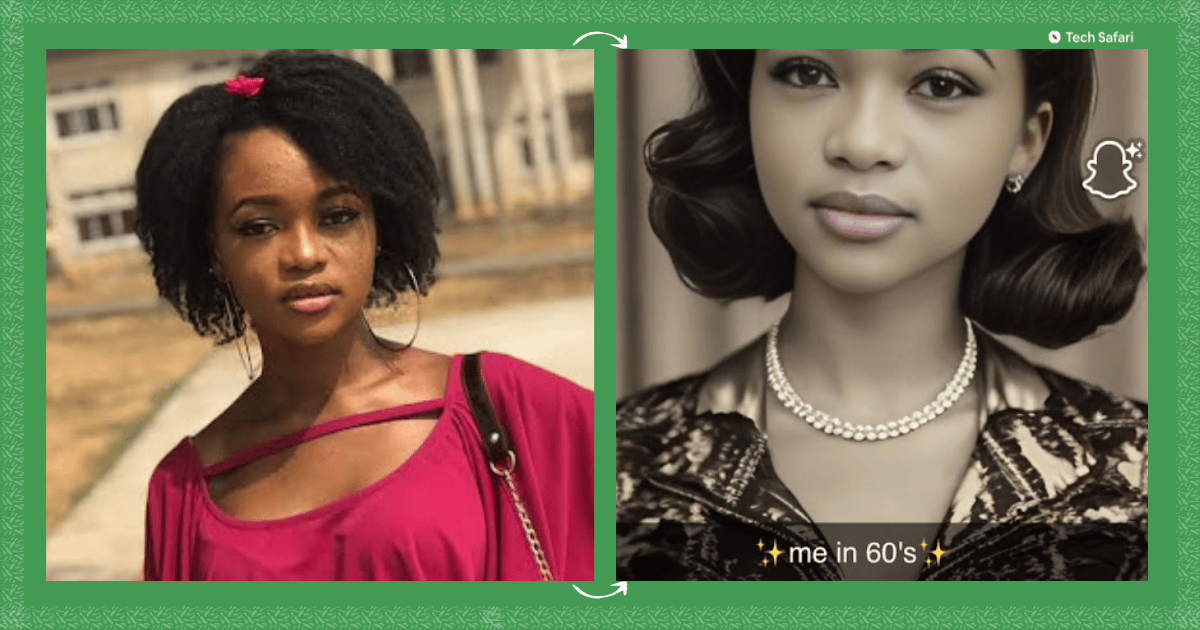
Tehila’s picture with 4C coily hair vs Snapchat’s ‘Me in the 60’s’ filter result of the same image
If I didn't ask for these changes, why does AI go ahead and make them anyway?
It's almost only comfortable creating photos closer to type 2 or 3 hair.
That glossy flowing curl pattern that's closest to being straight, that's the one.
And what about type 4 hair?
Why doesn’t it recognize it?
Africa makes up less than 2.5% of the global AI market.
In 2024, only 2.9% of the photos that were used to train AI in a major image dataset came from Africa.
This means that Black faces barely show up in the data that the algorithm copies.
So when we try to recreate pictures with AI, it doesn't look very detailed.
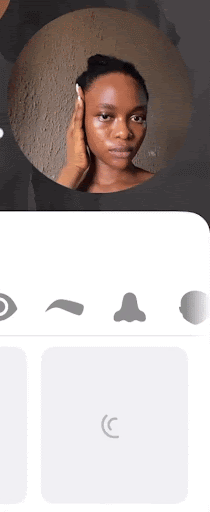
Tehila trying out the Bitmoji feature.
Feels a bit like the world’s still trying to tame afro hair, doesn’t it?
Maybe not on purpose.
But it happens because of where the tools are made, who makes them, and how.
Think about this:
But only a handful of these companies, like Google (DeepMind), OpenAI, and Meta, actually train their own models from scratch.
More than 54% of AI founders say they use original models like OpenAI’s GPT in their products.
What does that mean?
It means most aren’t building their own models.
They are layering apps on top of pre-existing models.
And the base models? They’re built in countries where Black engineers make up just 3% of the teams.
So if the original models don’t learn to see Black hair, then the apps built on top won’t either.
But if filters can't get our hair right, then...
What else can't AI see?
It’s 2025, and AI tools aren’t just for selfies anymore.
They’re being used for everything—from professional headshots to job applications, ID scans, and even border control.
And that’s just the beginning.
AI will soon be a part of the screening process for everything.
So what does it mean if it doesn’t work equally for everyone?
When certain faces are misread or not seen at all?
Today, 76.5% of recruiters say they prefer AI-generated headshots over real ones.
But AI still makes 34% more errors on dark-skinned women than on light-skinned women.
And it has identified Black women wrongly up to 20 times more than white men at borders.
If the tech can't see us properly, how can it choose us fairly?
And yet, Black people are using these tools every day, just like everyone else.
So if these users are here, and they’re this active, ignoring them comes with consequences.
And some of them could be:
Missed job opportunities: Qualified candidates get filtered out before a human ever reviews their application.
Wrongful detentions or denials at borders: Misidentification can turn routine travel into a legal nightmare.
Exclusion from financial services: Automated ID‑scans denying loans, credit cards, or even bank accounts.
Erasure from social and creative platforms: Filters and effects that simply won’t work for Black features, driving users away.
Skewed data in health and policing: Facial‑analysis errors that feed into biased crime‑prediction and misdiagnosis—like delayed skin cancer detection on darker skin tones.
Because this can pile up, it makes you wonder ….
Who's trying to fix it?
And generative AI videos and photos are getting better at showing black hair, although it still comes off a bit polished.
But algorithms only follow instructions that come from people.
So, hiring more Black artists and developers is one way to help push for inclusive training data and culturally aware filter design.
The good news is, some people are already working on solutions:
Myavana uses AI to give people of color specific hair care advice.
Parfait fits wigs to customers' skin tones and head shapes through AI.
Gloria Oladipo, a breaking news reporter who covers tech and politics said algorithms that can show Black hair and Black characters in computer graphics are now being created, and that animators all over the world will soon get the results of this study.
What Next?
So, where do we go from here?
AI is here to stay: The global AI market is growing 36% a year and will hit $244 billion by the end of 2025. This means there's still time to fix this.
But more representation is necessary for this to happen: Black people make up about 7.4% of the tech workforce. And if the teams developing the tech don't represent all the users, it will continue to show.
If not, trust starts to crack: When filters skip Black hair, ID tools get it wrong, and AI misses Black faces, they start to think these tools aren’t for them. And it can affect careers, everyday life, and overall trust in tech.
What does this mean?
AI is impressive, but for it to work well, it has to work for everyone.
If AI can't recognize my hair, what else can't it recognize?
Tell me here.

How We Can Help
Before you go, let’s see how we can help you grow.
Get your story told on Tech Safari - Share your latest product launch, a deep dive into your company story, or your thoughts on African tech with 63,000+ subscribers.
Partner on an upcoming event - You and 200+ of Africa’s top tech players in a room together for an evening.
Hire the top African tech Talent - We’ll help you hire the best operators on the continent. Find Out How.

That’s it for this week. See you on Sunday for a breakdown on This Week in African Tech.
Cheers,
The Tech Safari Team
PS. refer five readers and you’ll get access to our private community. 👇🏾

What'd you think of today's edition? |

Wow, still here?
You must really like the newsletter. Come hang out. 👇🏾